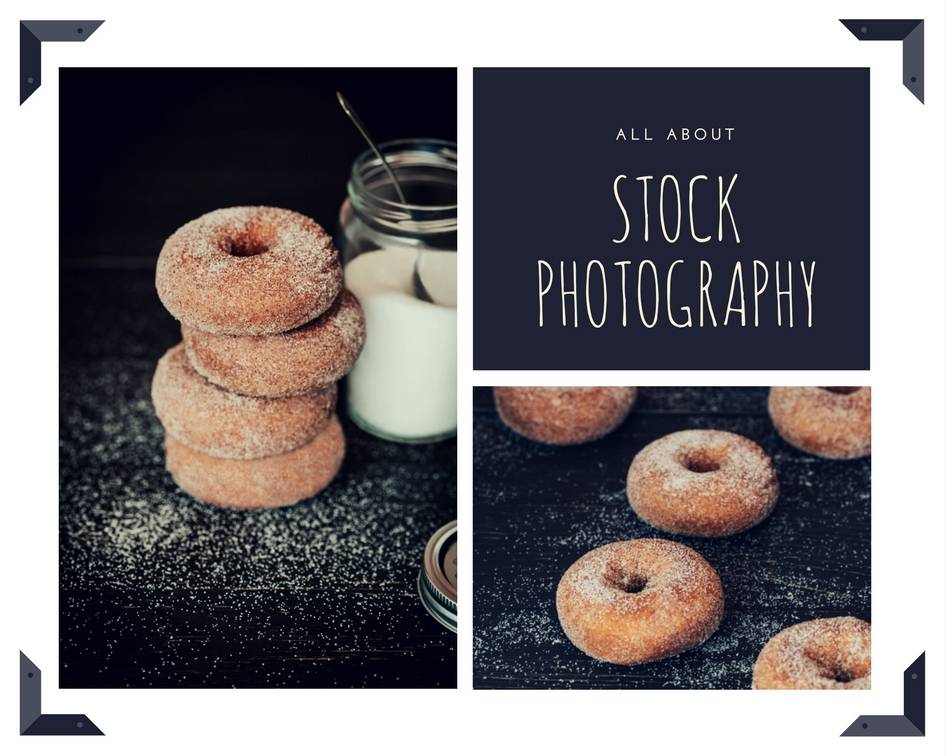A couple of months ago I gave an online talk about stock photography for Kim Klassen’s Studio Online course. There was a lot of interest and questions from Studio participants about submitting to stock agencies, so I thought I’d write a blog post for my readers about some of the information I covered there.
There was a time–perhaps ten years ago or so–when a photographer could make a very good living through stock, but this has become increasingly difficult in recent years with the explosion of digital photography and advent of Instagram and smart phones. That being said, if you’re a photographer or a blogger looking for a way to diversify your income stream, or do something with all the images languishing on your hard drive, stock photography can still be a good option. After all, some money is better than no money, right?
For the last couple of years I’ve been licensing some of the better images in my photo archive through stock agencies. I’m not an expert on the stock industry by any means, as my portfolio is largely focused on the premium stock category rather than microstock (which is about high volume), so the following information is based on my experience only. If you’re a food or still life photographer, I think premium stock is the way to go. Microstock is all about the apple on a white background. Premium stock is about the apple pie cooling on a vintage rack on a rustic country table with soft light streaming through the window.
So what should you know about working with some of these agencies?
First of all, premium stock agencies highly vet their photographers; not everyone is accepted and sometimes they have a limit as to how many photographers they’ll take on. They also have more rigorous standards in terms of the images they will accept for licensing through their sites.
I think that if you’re going to get involved in stock photography these days, there are a couple of ways to approach it. Either you approach stock like a business and submit images consistently and often, or you use it as a repository for your old images. The path you choose will determine how much money you can make. Even at premium agencies where the payouts are good, it’s still very much a numbers game, which means you need upwards of 1,000 or 2,000 images to make an appreciable income. If you’ve been shooting for years and already have a large inventory of high quality images, this is good news. Personally, the images I had from my first years of learning photography were not any that I felt appropriate for the marketplace; rather they represented my growth and progress on what has been a pretty steep learning curve.
I focus on my portfolio at OFFSet, the premium division of Shutterstock. To date, I have 169 images up for licensing through them. When I was accepted by OFFset, I’d already been working with StockFood in Germany and did not have a high number of new quality images to submit. Also, they rejected a lot of my images initially and still do. Stock agencies do not always tell you why an image is not accepted. It may be for technical or image quality reasons, or it may be for commercial reasons, such as they have too many images of that particular subject. In terms of food photography, I have learned that the simpler the subject, the better. A picture of a bowl of strawberries or an apple pie will sell better than an image of “recipe”, such as beef stroganoff.
Despite the low number of images I am currently licensing through OFFSet, I do comparatively well, so building up my portfolio up to at least a thousand images is my long-term goal. This might take me a couple of years, but eventually I’ll get to the point where my images will be making me decent passive monthly income. I make time to shoot regularly for my OFFset portfolio, and submit rejected images to other agencies I’m with where my sales are slower. It’s important to regularly and consistently submit to your agencies or sales might decline. I think it’s also important to not put all your eggs in one basket and diversify. Work with more than one agency.
I carve significant time into my workweek to produce images for my stock portfolios. I invest in purchasing and making food, and in buying props. This is a big picture endeavor that will take some time to take pay off. As I said … it’s a numbers game. I know established food photographers that have pulled their images from stock or stopped submitting because the sales are not what they used to be. By the same token, I also know a few that are making a good income from stock photography. If you’re established and working with regular clients, you may be making better money on shoots and don’t find the key wording and file management involved in stock photography to be worth your time. But if you’re a blogger or newer to the business, it can be a great way to bring in some extra income and even market yourself to a wider audience.
What are the types of stock?
There are two types of stock photography:
Rights Managed – images that are licensed for a specific purpose and time duration. The photographer cannot license the image to another buyer for that specific time frame because the buyer wants to be sure that it doesn’t appear in other places or be used by competitors
Royalty Free – images that can be licensed to anyone at any time with no restrictions. The photographer can license the image to any buyer at any time and to other buyers simultaneously.
Stock photography is about licensing images, not buying them. As the creator of an image, you legally own the image and the copyright! You are the owner of that image unless you sell the copyright—something that is rarely advisable to do, as you will miss out all the possible earning potential from that image, such as that coming through stock photography. That being said, it’s important to note that I do not submit work I have recently shot for clients. Although I am legally able to do so, I think it’s not cool to take images that a client might have just paid you to create for their brand and sell them anyone on the Internet for a few extra bucks. I have found that in the photographic industry there are lot of unsaid rules. There are things you do and you don’t do. This is a big DON’T.
Stock Photography Agencies
These are the agencies that I either work with or am familiar with:
A division of Shutterstock, OFFset functions as a boutique agency that revolutionized the stock industry by offering royalty-free premium images for premium pricing in a very simple format. A client can buy a high resolution image for $500.00 US dollars. A low resolution file costs $250.00. The photographer gets a percentage, as laid out by the agency. For reasons of non-disclosure, I am unable to share percentages, however, for the price point at which these images are sold, photographers can stand to make a decent income from licensing through OFFset. Again, as with all stock photography, volume is the key. The great thing about OFFset is that they are non-exclusive, so you can license the images through other agencies that are also non-exclusive or license them yourself, say through a Photoshelter site.
The oldest and biggest agency specializing in food stock. They deal in both royalty free and rights managed images and categorize images accordingly once they are submitted. I love that Stock Food tells you which images were rejected and why. Generally stock agencies do not tell you why your images did not meet requirements, which can be frustrating when you’re wanting to resubmit elsewhere, or simply improve on your work. StockFood requires exclusivity from the images that are submitted, so you cannot license images you have submitted to them anywhere else.
Besides offering regular stock photography, Adobe recently launched a Premium division, also with a straightforward pricing model. As with OFFset, they offer royalty-free images and do not require exclusivity.
Started by a photographer, Stocksy was another game changer when it burst on the scene in 2012. This Victoria, BC based agency functions as a cooperative, sharing annual profits with the photographers on their roster. Stocksy has just opened up its first call to artists in two years. The application process involved sending in twenty-five images and a website link for assessment.
This UK agency works with a small roster of photographers and specializes in food imagery. They are highly selective in terms of who they will work with. If you do get accepted to be represented by them, they expect to receive consistent and regular submissions to prevent sales from drying up.
How Do I Start Working with a Stock Agency?
Most agencies require photographers to apply through their website with a link to their work. You may be asked for a few sample high-resolution images before they accept or decline your application
The following agencies are also ones you may consider sending your images:
Getty Images
Alamy
Shutterstock
Adobe
iStockphoto
Photodune
Have you sold your images through stock? Feel free to chime in your experience or suggest other agencies not listed here.









2 Responses
Hi Darina, thanks for the mention, it’s appreciated.
Kind regards,
Craig, the picture pantry.
My pleasure, Craig!